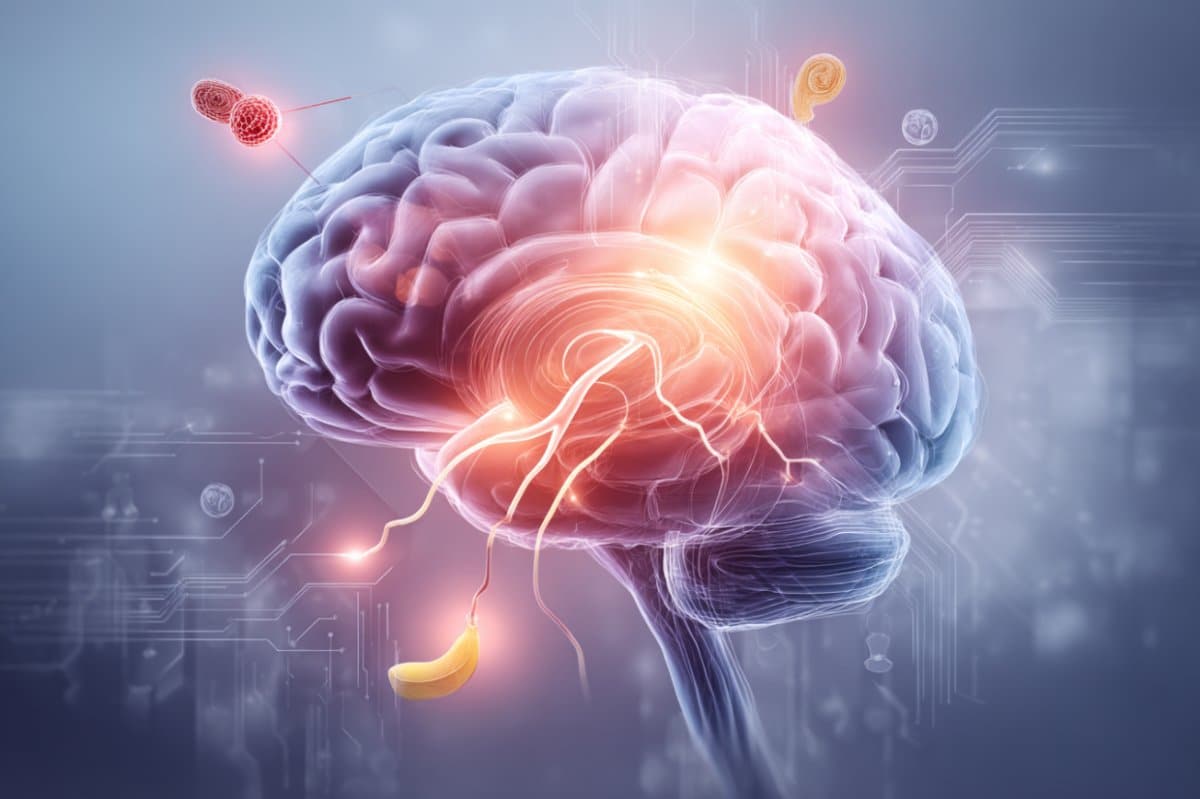A groundbreaking study has unveiled how the brain forms indirect associations to guide complex decision-making, highlighting mechanisms beyond direct experiences. Conducted at the Hospital del Mar Research Institute, the research demonstrated that mice could reject a sweet taste after it was indirectly associated with an aversive event through a shared scent. This discovery underscores the brain’s capacity for higher-order learning, relying heavily on the amygdala’s activity and its interaction with other brain regions.
The findings, published in the Proceedings of the National Academy of Sciences (PNAS), offer significant insights into how indirect associations shape decision-making processes. This research not only advances our understanding of cognitive functions but also holds potential implications for treating mental health disorders such as PTSD and psychosis.
Understanding Indirect Learning
Our brains often make decisions based on indirect associations between stimuli, a phenomenon that can influence behavior in profound ways. This study, led by PhD student José Antonio González Parra under the supervision of Dr. Arnau Busquets, utilized mice to explore these complex learning processes. The mice were conditioned to associate a banana scent with a sweet taste and an almond scent with a salty taste. When the banana scent was later linked to a negative stimulus, the mice began to reject the sweet taste, demonstrating an indirect association.
Dr. Busquets explains, “The project aims to understand how the brain enables us to make decisions based on indirect relationships between stimuli in our environment.” This form of learning, known as higher-order conditioning, allows organisms to adapt to environmental changes by forming associations between stimuli that have not been directly paired with a reinforcer.
The Role of the Amygdala
Central to this process is the amygdala, a brain region associated with emotions such as fear and anxiety. Using genetic techniques and imaging, researchers observed that the amygdala was activated when mice formed these indirect associations. The study also identified interactions between the amygdala and other brain areas, suggesting a broader network involved in this type of learning.
“We have identified a brain circuit that controls associations between stimuli and allows for these indirect associations,” says Dr. Busquets.
Importantly, when the amygdala’s activity was inhibited, the mice were unable to form the indirect associations, underscoring its crucial role. This discovery could have significant implications for understanding and treating mental disorders linked to amygdala dysfunction.
Implications for Mental Health
The study’s findings may provide new avenues for therapeutic interventions in conditions like PTSD and psychosis. Disruptions in the mechanisms of indirect learning could underlie these disorders, making the amygdala a potential target for treatment. Future approaches might involve brain stimulation or modulation of activity in these areas to alleviate symptoms.
Dr. Busquets suggests that understanding these brain circuits could help design strategies to treat humans, as the decision-making processes in mice are believed to be similar to those in humans. “Alterations in these indirect associations form the basis of various mental disorders,” he adds.
Future Directions
As research continues, scientists aim to further unravel the complexities of brain circuits involved in decision-making. The potential for developing targeted therapies based on these findings is promising. By enhancing our understanding of how indirect associations are formed and processed, we can better address the cognitive aspects of mental health disorders.
This study not only contributes to the field of neuroscience but also opens new pathways for psychiatric research and treatment. As we learn more about the brain’s intricate workings, the possibilities for improving mental health outcomes continue to expand.
